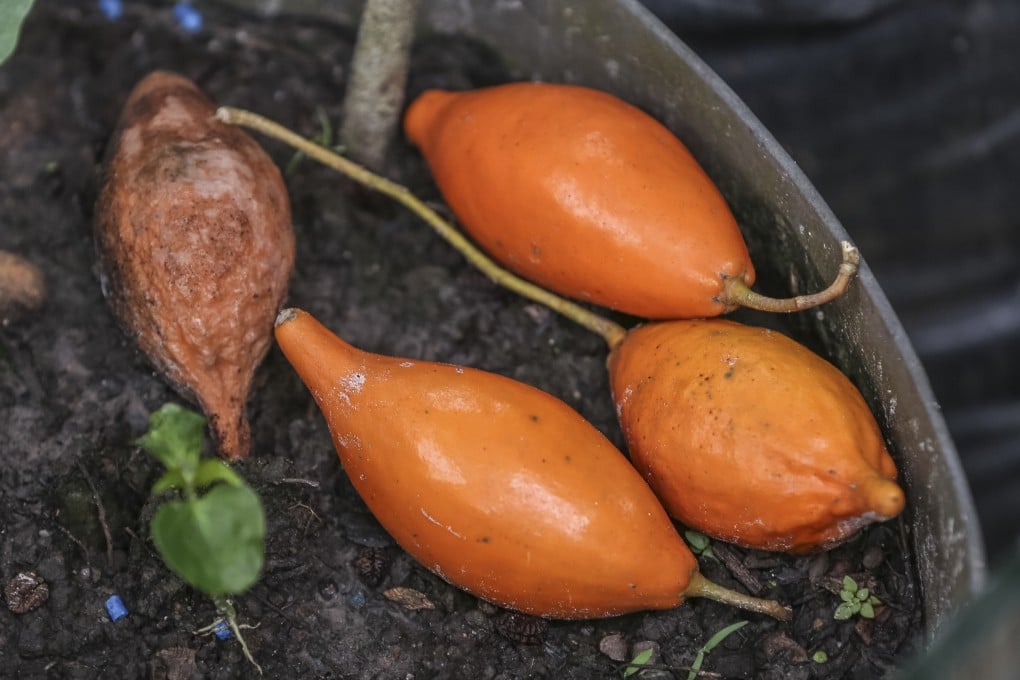For opioid addicts, African psychedelic ibogaine is a last-resort detox drug. Research shows it works, but a legal grey area surrounds its use by clinics
- Ibogaine is the root of the iboga shrub, used in initiation ceremonies in West Africa. Opioid addicts turn to it because it reduces withdrawal symptoms
- Medical studies of its use to cure drug addiction show it is effective, but doctors warn it can kill. A former addict who used it says ‘it’s a beautiful thing’

After moving to New York at the tender age of 18, fashion model Shea Prueger quickly found herself caught up in that city’s drug-fuelled party scene.
“I never intended to become physically and psychologically dependent on opiates – I don’t think anyone sets out for that – but it happened,” recounts Prueger.
Her drug use started with cocaine, and led Prueger to acquire prescriptions for oxycodone for a series of unexplained migraines, then moved on to street opiates, and finally heroin. After being treated in hospital in London and cycling through several rounds of suboxone and methadone treatments – opioids used to help in detoxification – she believed nothing would work. Then her boyfriend told her about ibogaine.
Now, after nearly a decade of using the powdered root of the iboga plant, Prueger is clean and healthy, providing ibogaine treatments for others and splitting her time between treatment facilities in Asia and Costa Rica. So what is ibogaine?

Iboga is a shrub that is typically found in the Congo Basin in the Central West African rainforest.